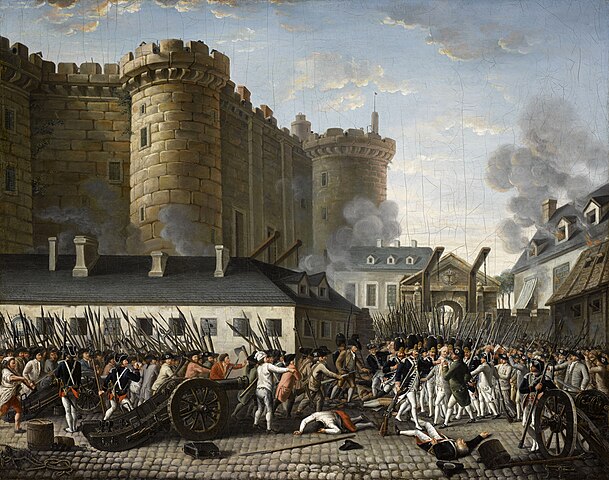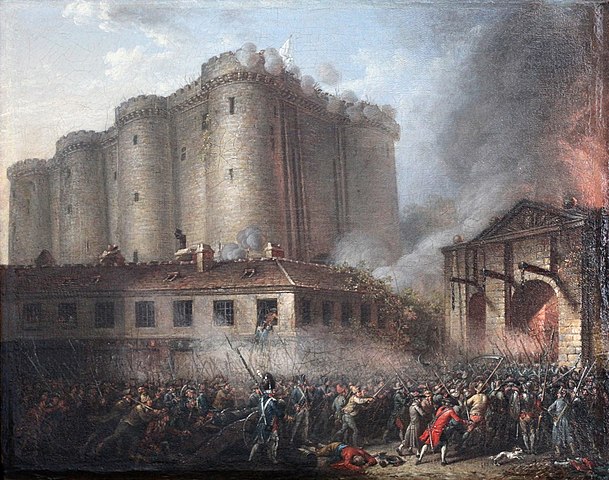
Thammasat University students who are interested in history, psychology, sociology, tourism studies, and related subjects may find a newly available book useful.
The Bastille Effect: Transforming Sites of Political Imprisonment is an Open Access book, available for free download at this link:
https://library.oapen.org/handle/20.500.12657/57056
Its author is Professor Michael Welch, who teaches criminal justice at Rutgers University, New Jersey, the United States of America.
The TU Library collection includes other books by Professor Welch as well as several books about different aspects of the Bastille prison and political imprisonment.

The publisher’s description explains:
As conceptualized throughout this richly illustrated book, the Bastille Effect represents the unique ways that former prisons and detention centers are transformed, both physically and culturally. In their afterlives, these sites deliver critiques of political imprisonment and the sustained efforts to hold perpetrators accountable for state violence. However, for that narrative to surface, the sites are cleansed of their profane past, and in some cases clergy are even enlisted to perform purifying rituals that grant the sites a new place identity as memorials. For example, at Villa Grimaldi, a former detention and torture center in Santiago, Chile, activists condemn the brutal Pinochet dictatorship by honoring the memory of victims, allowing the space to emerge as a “park for peace.” Throughout the Southern Cone of Latin America, and elsewhere around the globe, carceral sites have been dramatically repurposed into places of enlightenment that offer inspiring allegories of human rights. Interpreting the complexities of those common threads, this book weaves together a broad range of cultural, interdisciplinary, and critical thought to offer new insights into the study of political imprisonment, collective memory, and postconflict societies.
The Bastille Effect refers to the ways that former sites of political imprisonment are transformed physically and culturally. These sites represent sustained efforts to hold perpetrators accountable for state violence.
In some cases, clergy are enlisted to perform purifying rituals that grant the sites a new identity as memorials. Around the globe, sites of imprisonment have been repurposed into places of enlightenment that offer inspiring human rights narratives.

As Professor Welch notes,
By the end of the 18th century, the Bastille had emerged as more than just a prison. The infamous site had become a reminder of a feudal system that had grown increasingly obsolete, given its arbitrary power. The storming of the Bastille on July 14, 1789, is regarded as decisive event in the French Revolution even though it was less a strategic loss for the monarchy than an emblematic victory for the people. “July 14 thus marks the culmination of two great currents, the uprising of the people of Paris, which was one aspect of the great national uprising that had been underway for several months, and the defection of the troops, another aspect of the same national insurrection. The capture of the Bastille served as a marvelous symbol, for France and the world, of the triumph of this insurrection” (Godechot, 1970). The afterlives of the Bastille set the stage for this study of former prisons and detention centers that have been reconfigured into symbolic sites so as to emit narratives on social upheaval and repressive control. In the pages that follow, those transformations are explored in post-conflict cities in diverse countries where memorialization relies on the power of place to reflect on the injustice of political imprisonment. With cultural sociology at our disposal, this book unveils the enduring dynamics that animate these varied places of confinement. At a universal level, remnants of political imprisonment reveal the ubiquity of socio-religious forces, most notably the sacred vis-à-vis the profane. Those potent social themes are deeply embedded in forms of identity and heritage at the local level—whether it be Belfast amid the Troubles or Buenos Aires during the last dictatorship. This opening chapter invites us to consider those developments by taking into account the significance of cultural afterlives. Notions of place will guide our understanding of what we shall refer to as the Bastille Effect whereby former carceral institutions undergo a dual transformation. Those sites shed their violent past while opening themselves for public scrutiny and thoughtful re-examination of state crimes that occurred on those same premises. Transformed sites activate a collective imagination in ways that cast a powerful light on human rights and the contemporary struggle for democratic equality. To chronicle the afterlives of the Bastille, sociologist Philip Smith (1999) delves into how the cultural meaning of place has changed over the course of history. The Bastille was a fortress prison where the monarchy had long disposed of political opponents and other nuisances. Durkheim would have considered the Bastille a profane symbol, or as Smith puts it, “a polluted place” (1999). The Revolution with its patriotic heroes and blood sacrifice altered not only the nation but also the Bastille itself, allowing myth to transform it from a profane to a sacred place. Decades later, however, the site fell into neglect as its moats filled with stagnant water and patches of wild grass. That particular afterlife lost its capacity to evoke the sacred; the Bastille had become an ill-defined and desolate place (Lemoine, 1930). Enter Napoleon, who was determined to reverse the Bastille’s symbolic dysfunction. To commemorate his military adventures in the Orient, in 1806 he ordered that a giant fountain in the shape of an elephant be built on the site. Architects and other cultural advisers failed utterly to convince him that an elephant was not a fitting—let alone elegant—image for the tribute. “Project Elephant” moved forward, but instead of a fountain it would be a wooden and plaster model standing 24 meters tall. From 1817 to 1847, that behemoth occupied the place de la Bastille, where it decayed physically and aesthetically…
The Bastille, even after its demolition, remained haunted by the ghosts of its many colorful prisoners, including de Sade, Voltaire, and the “Man in the Iron Mask” (BnF, 2010). Visitors to the place de la Bastille activate the social relations of memory by imagining the physical site as it might have appeared during its tenure as a prison. Many observers are keenly aware that the boulevards surrounding the Colonne de Juillet are paved with the Bastille’s original stones, and this enables them to connect with history. As Bell further notes, “the ghosts of place are not only ghosts of the past; they can as well be of the present, and even the future” (1997). With profound sadness and sacredness, many of these places become memorials to those who were sacrificed in a place that had been profoundly profane…

(All images courtesy of Wikimedia Commons)
